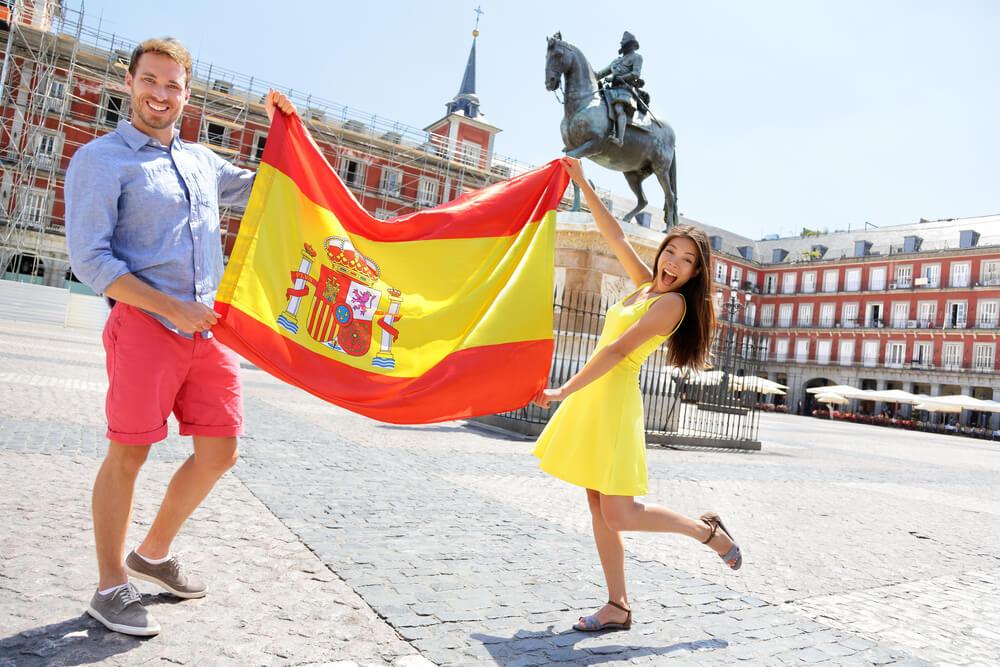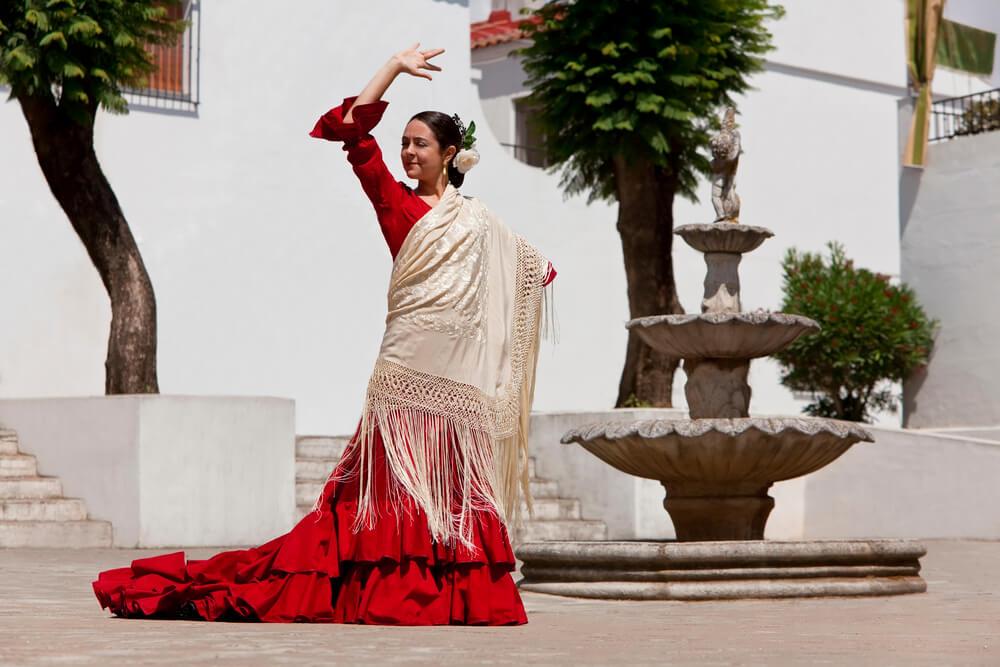There are many different races in Spain. It is home to the world’s second most spoken language and most powerful country. Although Spain has undergone many ups and downs, its exciting history has left a lasting influence worldwide. However, today, Spain is among the most popular travel destination for students because of its rich history, architecture, music, dance, and clothing. Spain has a lot of influence from Europe and the rest of the world.

The country constantly evolves, especially in science, art, fashion, and music. These changing trends in the fields have helped redefine the current standards. Since Spain has a lot to offer its visitors, the country attracts thousands of travelers yearly. Therefore, Barcelona and Madrid are among Europe’s most visited travel destinations. Spain’s hospitable people, rich history, and beautiful views enchant the hearts of visitors every year.
Since the country has numerous activities and destinations to explore, one can never run short of eye-catching views and adventures during their visit. From historic buildings in Barcelona, including the Basilica of the Sagrada Familia, to wineries, art museums, and restaurants, you will find diversity in every nook and corner. With multiple races living in the country, you will find exciting ways to explore the culture and way of living. Therefore, when you visit Spain, try to delve into the streets and surrounding areas to know the real Spain.
Diversity and Language
Spain is a culturally diverse country, and this is reflected in its language situation. There is no accurate way to confirm how many people speak the mother tongue other than Castilian Spanish. Still, observers generally agree that in the late 1980s, it was around one in four. However, Castilian Spanish is the dominant language throughout the country. Even in the areas where other Iberian languages are spoken, the native tongue is usually only used for informal communication, and Castilian Spanish dominates in most formal settings.
There are three major Spain ethnic groups, aside from the Castilian core. These are the Catalans, Galicians, and Basques. In terms of the pressure they brought to bear on Spanish society and politics in the late 1980s, the Basques were most intense, followed by the less intransigent and violent Catalans. The least intense and volatile were the much more conservative Galicians. In addition, Andalusia – which was heavily populated – had become the center of regionalism in the south; and the Gypsies, although few, continued to be a troublesome and depressing cultural minority.
Races in Spain
Spain’s total population is 46.4 million. 89.9% belong to the Spanish ethnicity, while 10.1% belong to other races. Many of these ethnic minorities have recently arrived in Spain during increased immigration, while others have been in the country for several generations. Spain has always been a nation of diverse ethnicities, dating back to the ancient period when different groups first settled in the Iberian Peninsula. There are mixed races in Spain because the country has welcomed immigrants from other continents. The groups that have lived in Spain for centuries include:
- Andalusians
- Asturians
- Aragoneses
- Basques
- Cantabrians
- Castilians
- Catalans
- Canary Islanders
- Extremadurans
- Gypsies
- Galicians
Among these largest ethnic and races in Spain groups are:
- Catalans
- Castilians
- Basques
- Galicians
- Valencians
Castilians
The Kingdom of Castile and Aragon were combined to form present-day Spain. The Castilian group is a descendant of the Kingdom of Castile. However, after Spain’s Kingdom was created, the Castilians were one of several of Spain’s ethnic groups that dominated throughout the state due to their widespread presence.
The Castilian culture and their language have significantly influenced Spanish culture that today, foreign nationals consider the Castilian language synonymous with Spanish. This Spain’s ethnic group mainly follows the Roman Catholics.
Catalans
The Catalans are an ethnic group that lives in the north-eastern region of Spain. The provinces with the highest concentration of Catalans are Barcelona, Tarragona, Lerida, and Gerona. Together, these provinces form the autonomous community of Catalonia, which has Barcelona as its capital. Because Catalonia is located close to France, there are also several Catalans living in France.
The people of Catalonia typically speak Catalan or Valencian, a variant of Catalan. Catalans also speak it in France. Some Catalans also communicate in Spanish and French. Most Catalans are Catholic, while some also practice atheism or agnosticism. Some critical aspects of Catalan tradition include the competitions for building human towers called castell and the Sardana dance.
Basques
The Basque ethnic group has been present in the region of Southern France and Northern Spain for several thousand years. They are amongst Europe’s oldest ethnic groups. In Spain today, most Basques are concentrated in the autonomous community of Basque Country and the province of Navarre.
There are over two million Basques living in Spain today. The Basque ethnic group largely follows the Roman Catholic religion. Additionally, they have been traditionally associated with the agricultural industry. Therefore, this is the primary reason this Spain’s ethnic group serves in the fishing industry, ranches, and goat farms.
Galicians
The northwest of the Iberian Peninsula is home to nearly 3 million Galicians. The Galicians are a people who descended from the second wave of Celtic invaders into Spain. This occurred in approximately 400 BC. The Roman Empire conquered the local Celtic tribe during the second century BC. Consequently, the Galicians were given their name, derived from the Latin word Gallaeci. The Galicians are known for their love of food- especially seafood and fish. Additionally, they are known for their boatmaking skills. Moreover, they remain dominated by countryside, rural, and village societies where the Galician culture and language are still alive.
Valencians
People who reside in the Valencian community are technically considered Valencians. Their language is a variant of Catalan, though it is described as having distinct differences that set it apart. There is disagreement within Valencia, however, about whether it should be considered its language or not.
The Catalan people of the 13th century drove the Muslims from Valencia. This is where the Valencian language is thought to have originated, though it is unclear if it came from Arabic scripts of Latin or if it predated their rule back to an old version of Occitan.
Students still speak Valencian in schools, a dominant language in towns along the coast. They work mainly in the tourist sector, catering to travelers to the region. The region is also home to paella, vibrant festivals, and stunning art.
Minorities Ethnic Groups and races in Spain
There are many minor races in Spain. Some of these are as follows:
Romanians
The two largest ethnic minority groups in Spain are Moroccans and Romanians. Each category represents 1.7% of the entire population. Romanians have traveled to Spain for many years in search of business opportunities. The number of immigrants from Romania had risen to 900.000 by 2010. To prevent Romanians from leaving the nation, the prime minister banned their freedom of movement in 2011. The restriction did not apply to legal immigrants from Romania, though. The government already had a high unemployment rate, hence the restriction. 2012’s economic crisis caused many Romanians to leave their homeland. Currently, there are thought to be 730,340 people living there.
Moroccans
Because of Spain’s past open-door immigration policy toward Morocco, many Moroccans came to the country to work seasonally in agriculture and industries. But in 1985, Spain introduced a new visa rule that was considerably harsher and did not provide a way to obtain permanent residency. In 2008, there were 752,695 Moroccans who had legal documentation. The stagnant economy in Spain deeply alarmed the Spanish government. They offered unemployed immigrants money in September of that same year in exchange for their decision to revoke residency and depart the country. The strategy failed, and by 2011, the Moroccan population had expanded by 8.8% rather than decreased.
Ecuadorians
The number of Ecuadorians living in Spain has increased significantly in recent years. This is primarily because of the 1980s and 1990s economic turmoil in Ecuador. During this time, a lot of Ecuadorians looked to Spain for safety. Less than 10,000 Ecuadorian immigrants lived in Spain in 1998. However, this number rose to 200,000 by 2002. And by 2005, there were 500,000 immigrants from Ecuador living in Spain.
Spain has seen a recent increase in the number of undocumented immigrants, which has prompted the government to provide amnesty to those who are prepared to provide proof of their existence. 140,000 Ecuadorians took advantage of this chance in 2004 and 2005.
White British
Since 1990, many British nationals have started living in Spain. As of 2006, an estimated 751,000 British citizens were living in the country, representing 0.7% of the population.
Brexit has left some British immigrants in Spain worried about their future status. However, the Vienna Convention of 1969 calmed their fears and protected them from losing those rights.
Other minor ethnic groups living in Spain include Colombians (0.5% of the population), Bolivians (0.4%), Italians (0.4%), and Chinese (0.4%).





